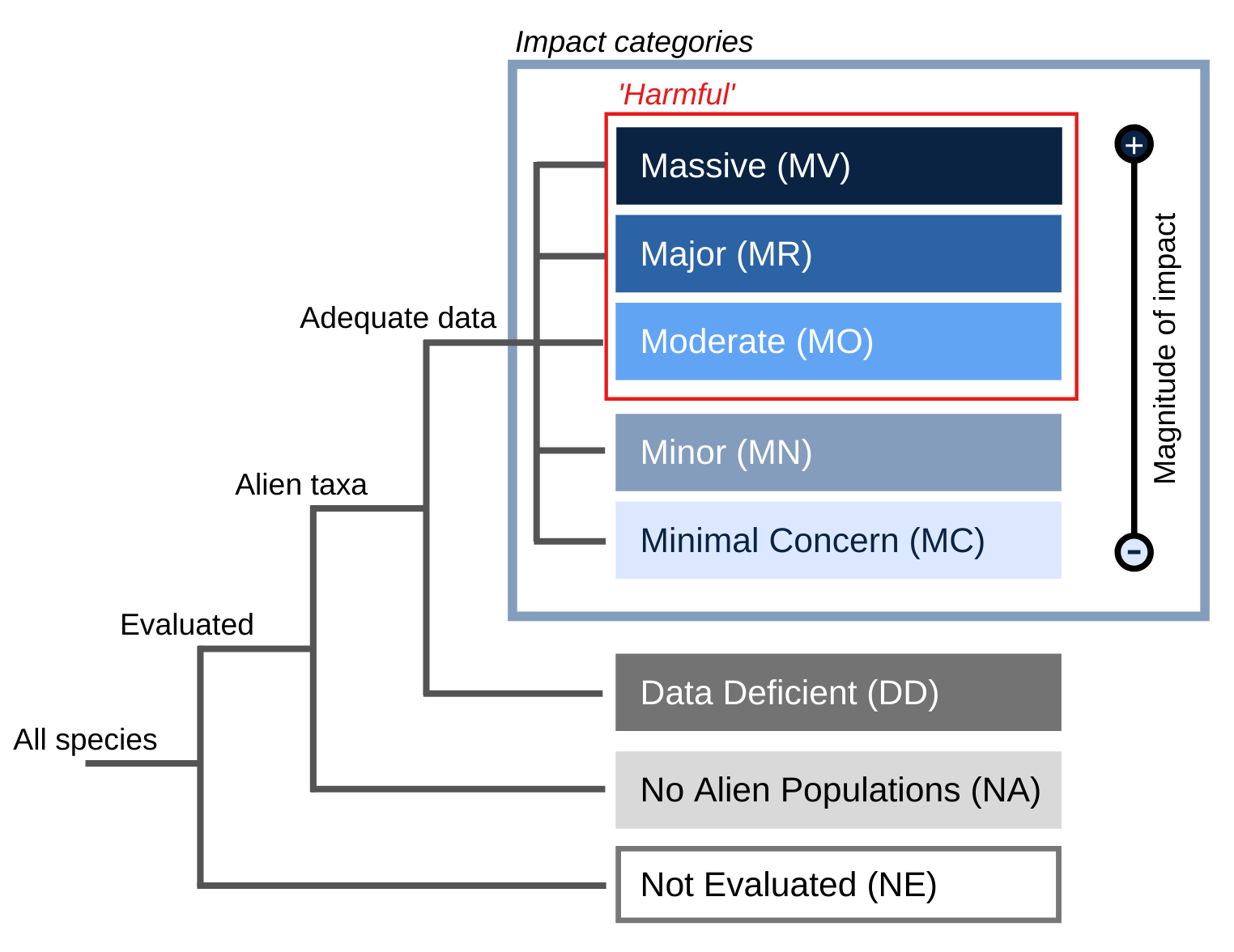- General
- Distribution
- Impact
- Management
- Bibliography
- Contact


Limnoperna siamensis
Limnoperna depressa , (Brandt & Temcharoen, 1971)
Limnoperna supoti , (Brandt, 1974)
Modiola lacustris
Volsella fortunei , Dunker, 1857
Principal source: Dr. G. Darrigran, Grupo de Investigación en Moluscos Invasores. La Plata, Argentina
Compiler: IUCN/SSC Invasive Species Specialist Group (ISSG)
Review:
Publication date: 2005-07-03
Recommended citation: Global Invasive Species Database (2025) Species profile: Limnoperna fortunei. Downloaded from http://www.iucngisd.org/gisd/speciesname/Limnoperna+fortunei on 16-12-2025.
\r\nPreventative measures: Identifying potential marine pests- a deductive approach applied to Australia (Hayes, K.R., et al., 2002) presents an inductive hazard assessment protocol that is simple, does not require large amounts of data, and is capable of grouping hazardous species in to high, medium and low priority. Hazard priority is determined by the invasion potential and impact potential of the species. Invasion potential is expressed as the weighted sum of all vessel movements between Australia and ‘infected’ bioregions around the world. Impact potential is expressed in terms of human health, economic and ecological impacts. These were estimated using a web-based questionnaire sent to world-wide experts on each species investigated.
\r\nThe results of this analysis suggest the following hazard groups for Limnoperna fortunii:
Relative to human impacts: Medium priority – low to medium impact potential and medium invasion potential.
Relative to ecological and economic impacts: Medium priority – medium to high impact potential and medium invasion potential.













